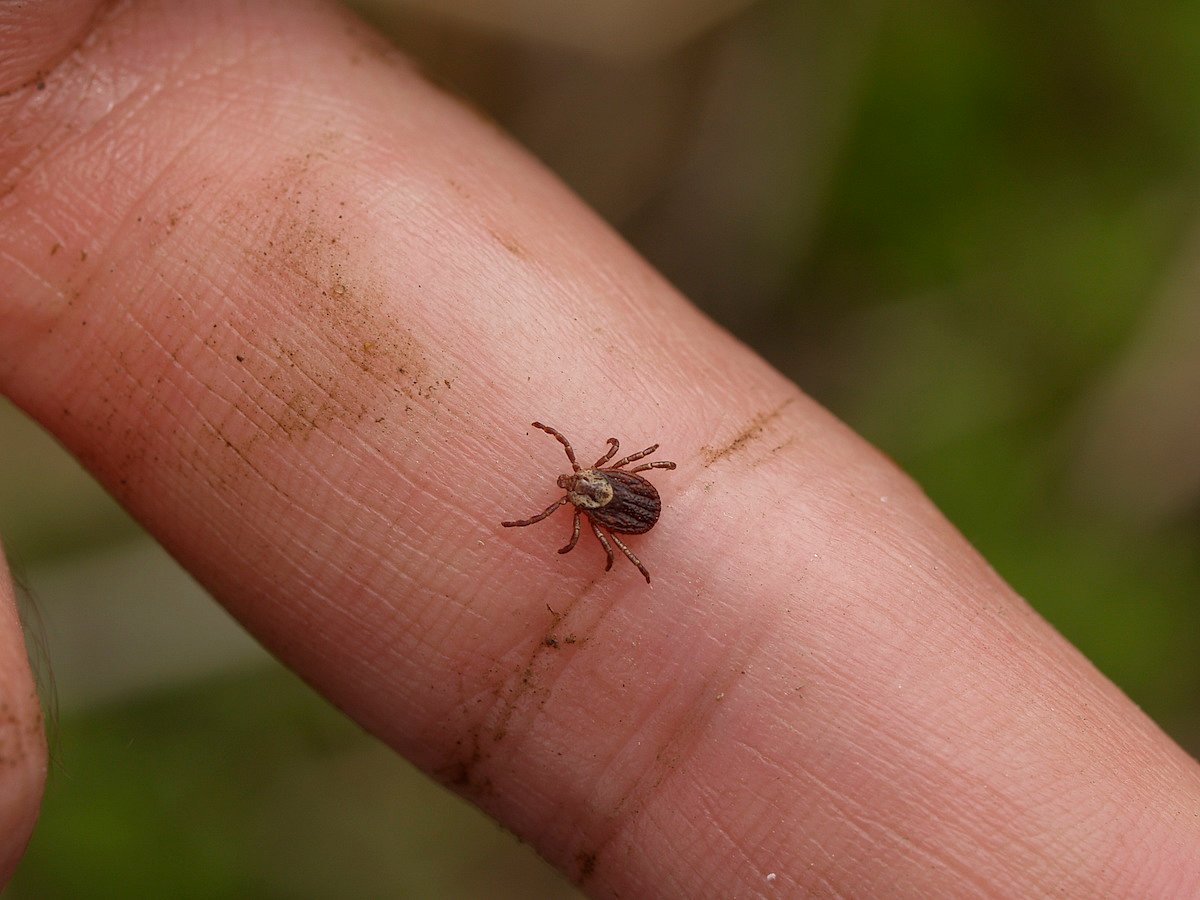Manténgase sano!

- Dennis Thompson
- Posted August 28, 2024
New Lyme Disease Test Could Deliver Results in 20 Minutes
An improved test for Lyme disease could provide accurate results within 20 minutes, researchers report.
The test -- which resembles an AI-guided form of the at-home COVID-19 test -- would be a vast improvement over the current two-part lab test that takes up to two weeks for results, researchers said.
“A lot of folks find out they have Lyme disease well after the point at which they could have been treated very easily,” said researcher Dino Di Carlo, a professor of engineering and medicine in the UCLA Samueli School of Engineering. “If we can measure rapidly, in a way that’s cost-effective and not a burden to the health system and the patient, then testing can be done more routinely.”
Lyme disease is expected to affect more than 600,000 people in the United States this year, researchers said.
Caused by bacteria spread by deer ticks, the symptoms of Lyme disease include fever, chills, headache, fatigue, muscle and joint aches, and swollen lymph nodes, according to the U.S. Centers for Disease Control and Prevention.
Other symptoms can occur months after a tick bite and include arthritis, heart palpitations, nerve pain and inflammation of the brain and spinal cord, the CDC says.
Prompt treatment with antibiotics can stave off long-term symptoms in 80% to 90% of people newly infected Lyme disease, researchers said.
Unfortunately, the testing regimen now recommended by the CDC returns results in one to two weeks, and misses seven out of 10 early-stage cases, researchers said.
In the new test, a blood serum sample is applied to sponge-like paper containing lab-made peptides that detect antibodies created by the body in response to Lyme disease.
An AI-driven smartphone app reads the pattern formed on the paper by the blood sample and provides quick results, researchers reported recently in the journal Nature Communications.
“If you can quantify a panel of indicators from a single sample, you can learn a lot of interesting things regarding the patient’s condition,” said researcher Aydogan Ozcan, a professor of engineering innovation at UCLA.
“In Lyme disease, we are examining a panel of immune factors that can look very different in different patients, depending on their background, where they’re from, etc. We needed AI to make sense of such a complex signal,” Ozcan said in a UCLA news release.
The test is 95% accurate at detecting Lyme disease and 100% accurate at ruling out samples that don’t contain Lyme antibodies, researchers said.
“We want to focus on responses that are very specific to Lyme disease and not other related conditions or look-alike diseases,” Di Carlo said. “And at the same time, the tests can be cheaper, last longer and return fewer diagnostic errors.”
The test likely will take a few years to reach the clinic, researchers warned. They are now seeking partners to scale up the technology, and are adapting the test to work with whole blood samples rather than blood serum samples.
More information
The U.S. Centers for Disease Control and Prevention has more on Lyme disease.
SOURCE: UCLA, news release, Aug. 20, 2024







